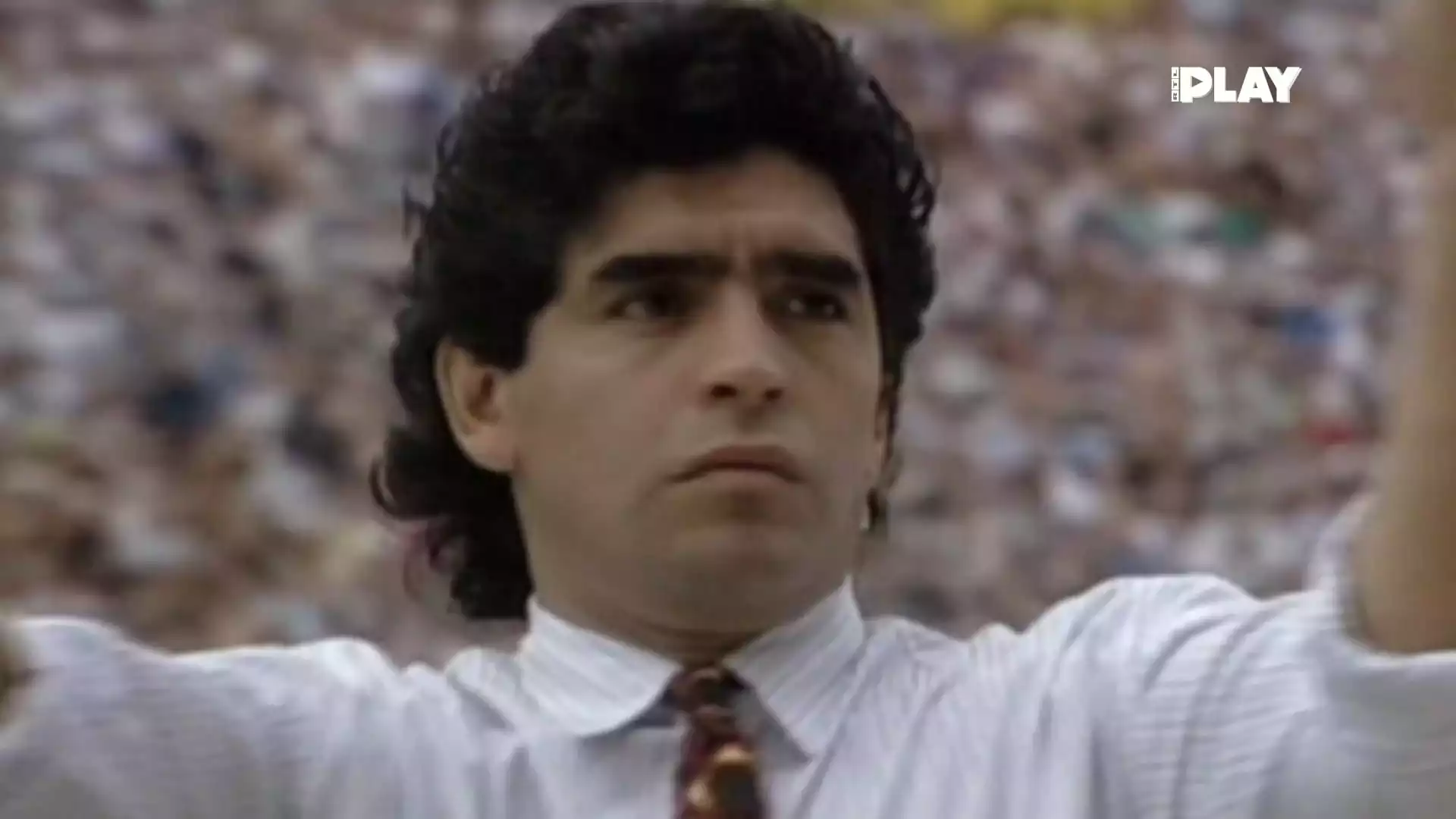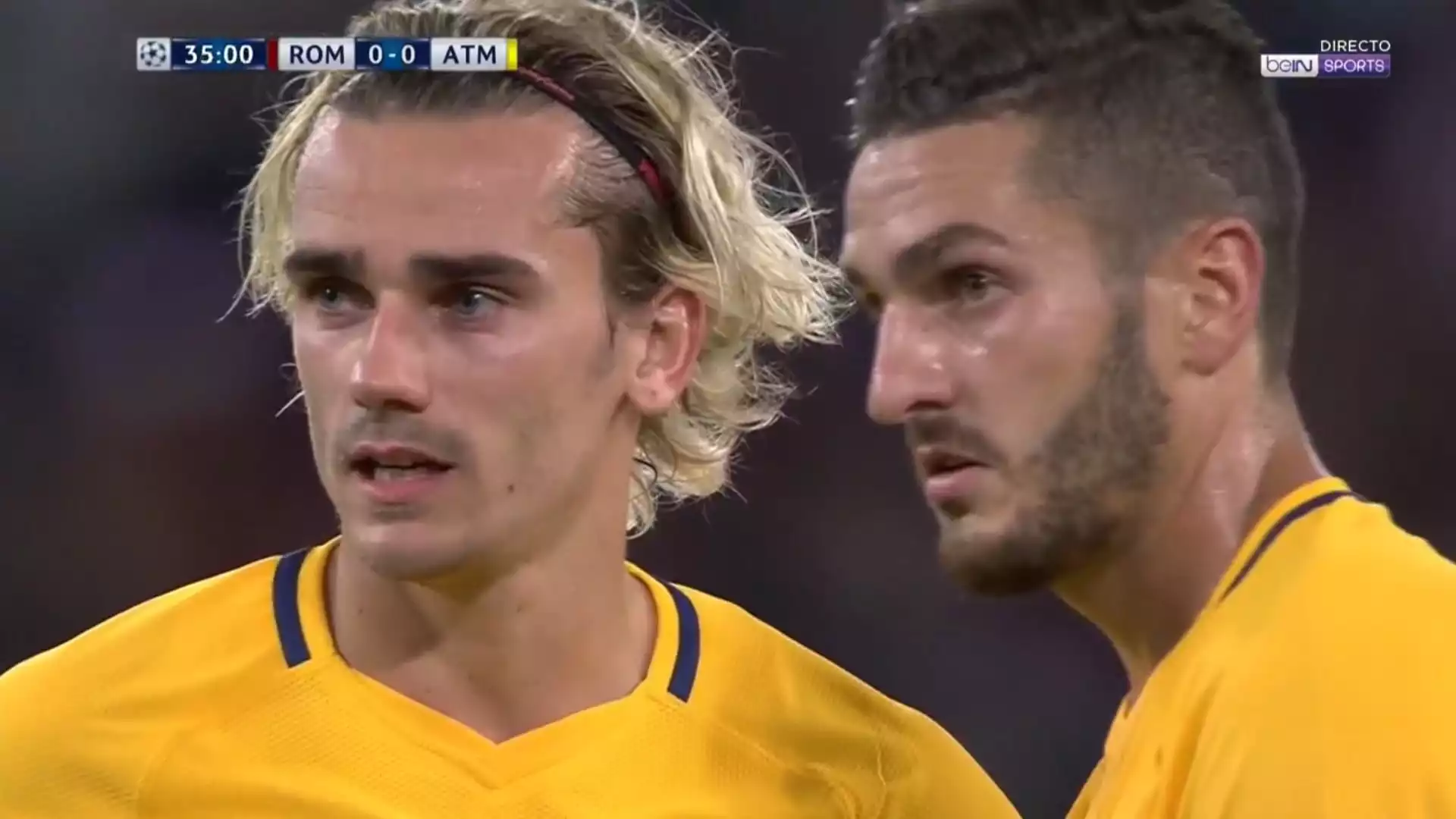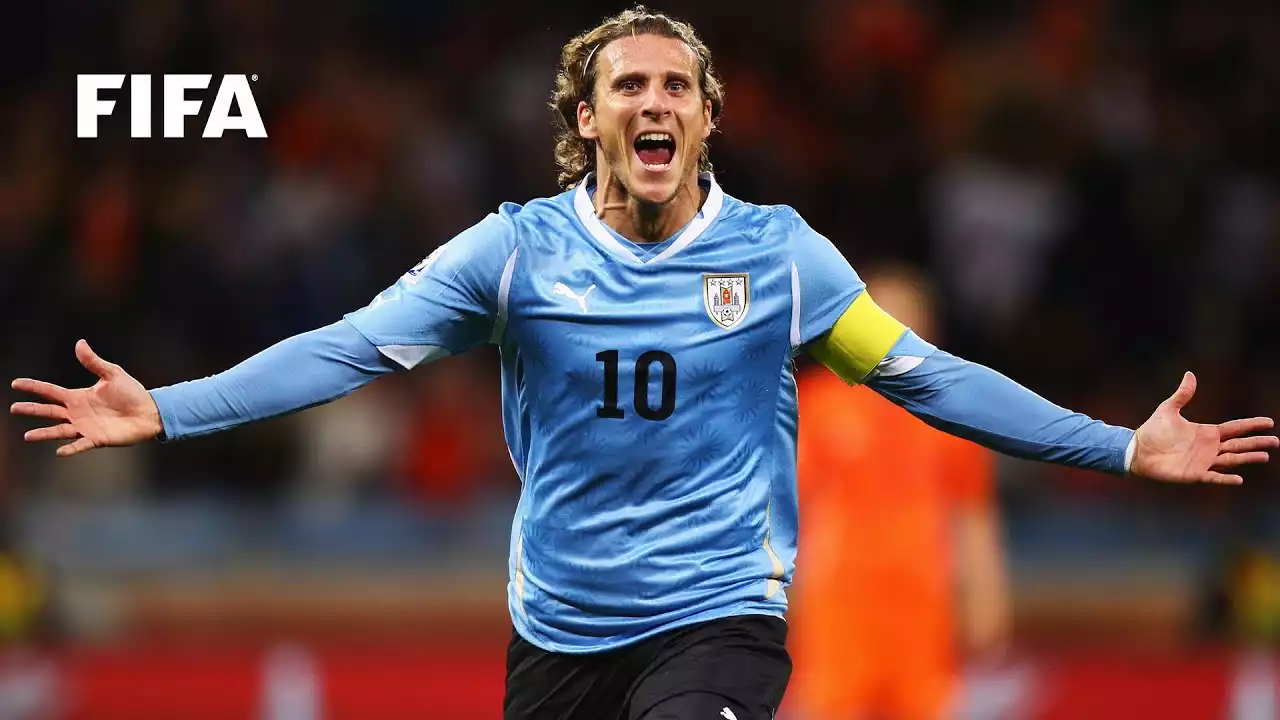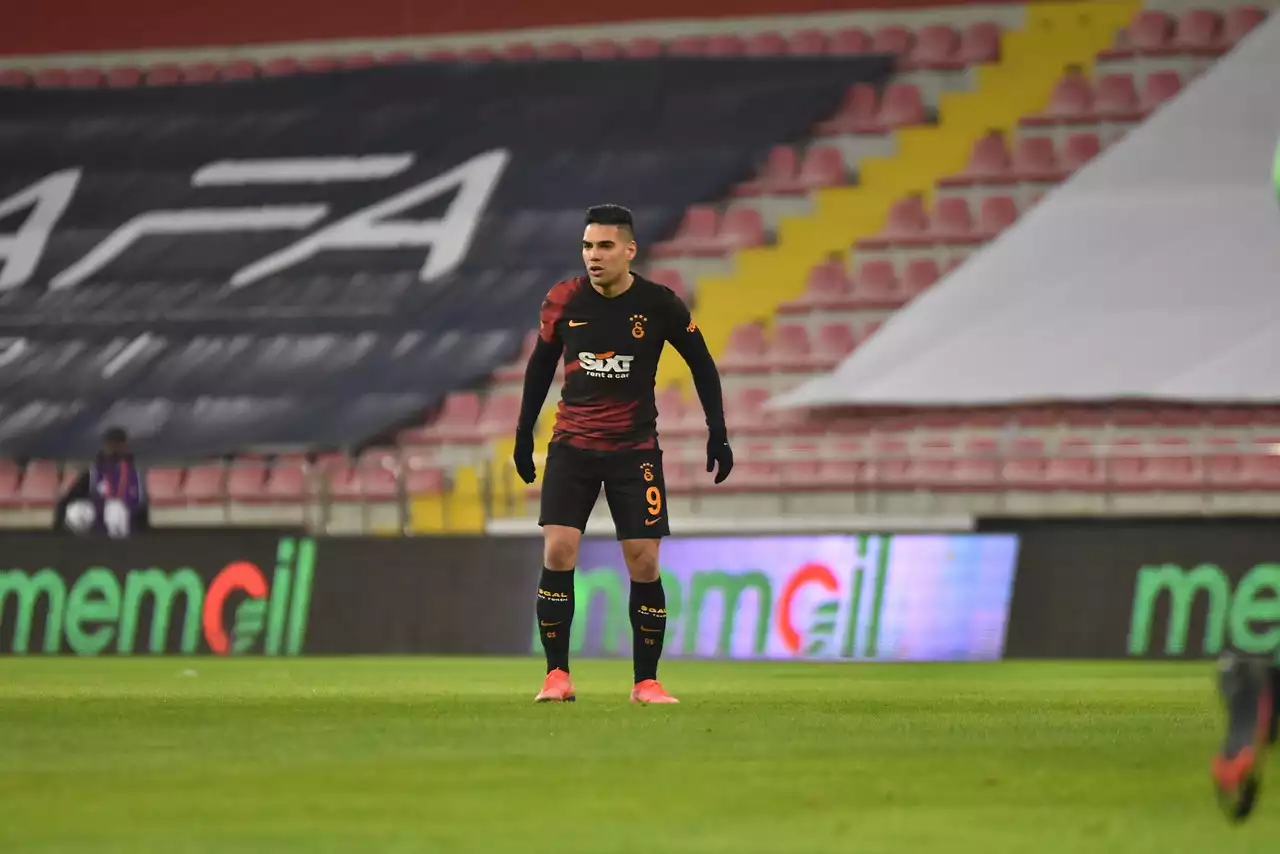Non-European players in the Europa League: Challenges and Opportunities
Non-European players face a unique set of challenges when competing in the Europa League. Adaptation to a new country, culture, and playing style can be daunting, but it also presents an opportunity for growth and development. These players often need to overcome language barriers, cultural differences, and homesickness, all while trying to establish themselves in a highly competitive environment.
One of the biggest challenges faced by non-European players is the cultural adjustment. The traditions, lifestyle, and even the food can be vastly different from what they are accustomed to. The Europa League provides a platform for these players to experience different cultures and broaden their horizons. It is not uncommon to see players embracing their new surroundings and immersing themselves in the local culture, which ultimately enriches their overall footballing experience.
Moreover, language barriers can pose significant challenges for non-European players. Communication on and off the pitch is crucial for teamwork and building relationships with teammates and coaches. While many clubs provide language support and lessons, it takes time and effort to become proficient in a new language. However, through determination and perseverance, non-European players often manage to overcome this obstacle and communicate effectively with their teammates, making significant contributions to their teams.
The Europa League also provides non-European players with the opportunity to showcase their talent on a global stage. Many of these players come from countries where football is deeply ingrained in their culture, and they bring a unique style of play to the tournament. Their technical skills, agility, and creativity often catch the attention of fans and scouts, opening doors to new opportunities and potential transfers to bigger clubs. The Europa League serves as a stepping stone for these players to make a name for themselves and secure a place in the highly competitive European football landscape.
The rise of non-European players in the Europa League
Over the years, the number of non-European players participating in the Europa League has grown significantly. This rise can be attributed to various factors, including increased globalization, improved scouting networks, and the growing popularity of football in non-European regions.
Globalization has played a pivotal role in connecting players from different parts of the world. Advancements in technology, travel, and communication have made it easier for clubs to scout and recruit talent from non-European countries. This has led to a broader talent pool, with players from South America, Africa, and Asia making their mark in the Europa League.
Additionally, the improved scouting networks of clubs have allowed them to identify promising talents in non-European regions. Talent identification has become more sophisticated, with clubs investing in extensive scouting systems to uncover hidden gems. This has resulted in the discovery of players who may have otherwise gone unnoticed, giving them the opportunity to showcase their skills on the European stage.
Furthermore, the growing popularity of football in non-European regions has fueled the rise of non-European players in the Europa League. Football has transcended borders and become a global phenomenon, with fans from all corners of the world passionately following the sport. This surge in interest has led to an increase in grassroots development and investment in football infrastructure in non-European countries, producing a new generation of talented players ready to compete at the highest level.
Impact of non-European players on their respective teams
Non-European players have had a significant impact on their respective teams in the Europa League. Their unique playing styles, skills, and experiences bring a fresh dimension to the competition, often elevating the performance of their teams.
One area where non-European players excel is in their technical abilities. Many players from South America, for example, are known for their exceptional ball control, dribbling skills, and creativity. These players often bring a touch of flair and unpredictability to their teams' attacking play, making them a constant threat to opposing defenses.
African players, on the other hand, are renowned for their physicality, strength, and athleticism. Their presence on the pitch can be intimidating for opponents, creating a formidable presence in defense and midfield. Their ability to win aerial battles, hold off defenders, and dominate the midfield often gives their teams a defensive solidity and a strong platform to build their attacks.
Asian players, although fewer in number, have also made their mark in the Europa League. Known for their discipline, work ethic, and tactical awareness, Asian players often bring a sense of discipline and structure to their teams. Their ability to read the game, make intelligent runs, and contribute to both attack and defense adds a valuable dimension to their teams' overall strategy.
The impact of non-European players is not limited to their on-field contributions. Their presence in the dressing room, training ground, and off-field activities can have a positive influence on team dynamics. The cultural diversity and different perspectives they bring can foster a sense of unity, respect, and openness within the team, creating a cohesive and harmonious environment.
Famous non-European players in the history of the Europa League
The Europa League has witnessed the rise of several famous non-European players who have left an indelible mark on the competition. These players have not only achieved success individually but have also played a vital role in their teams' journeys to glory.
One such player is Radamel Falcao, a Colombian striker who made his mark in the Europa League with FC Porto. Falcao's goal-scoring exploits in the competition helped Porto win the tournament in 2011, and he finished as the competition's top scorer for two consecutive seasons. His clinical finishing, aerial prowess, and ability to create goals out of nothing made him a feared striker in the Europa League.
Another iconic non-European player in the history of the Europa League is Pierre-Emerick Aubameyang. The Gabonese forward, who currently plays for Arsenal, had a memorable stint with Borussia Dortmund in the competition. Aubameyang's blistering pace, agility, and goal-scoring instincts made him a nightmare for defenders. He finished as the Europa League's top scorer in the 2015-2016 season, propelling Dortmund to the final.
Yaya Touré, the Ivorian midfield powerhouse, is another non-European player who left an indelible mark on the Europa League. Touré played a crucial role in Manchester City's successful campaign in the 2009-2010 season, where they reached the quarter-finals. His physical presence, technical skills, and ability to dictate the game from midfield made him an invaluable asset to his team.
These players, among many others, have become synonymous with the Europa League and have inspired a new generation of non-European players to strive for greatness in the competition.
Overcoming cultural and language barriers in the Europa League
The Europa League presents unique challenges for non-European players, particularly in terms of adaptation to new cultures and overcoming language barriers. These challenges require resilience, open-mindedness, and a willingness to embrace new experiences.
Cultural differences can be a significant hurdle for non-European players. From different social norms and customs to diverse culinary traditions, players need to navigate through unfamiliar territory. Embracing the local culture and building relationships with teammates and staff can help ease the transition and create a sense of belonging.
Language barriers can also pose challenges in communication and understanding instructions from coaches and teammates. Many players take language lessons and work with translators to bridge this gap. However, it requires patience, effort, and a positive attitude to overcome these challenges and effectively communicate with teammates on and off the pitch.
Furthermore, homesickness is a common issue faced by non-European players in the Europa League. Being away from family, friends, and familiar surroundings can be emotionally challenging. Clubs often provide support systems to help players cope with homesickness, such as offering counseling services and organizing events to foster a sense of community.
Ultimately, overcoming cultural and language barriers is a testament to the resilience and adaptability of non-European players. Their ability to embrace new cultures, learn new languages, and forge relationships with their teammates and the local community is a testament to their dedication and passion for the game.
The importance of scouting and recruitment in finding non-European talent
Scouting and recruitment play a crucial role in finding non-European talent for clubs competing in the Europa League. The success of these players is often a result of extensive scouting networks, strategic planning, and meticulous talent identification.
Clubs invest significant resources in scouting non-European regions to uncover hidden gems and unearth young talents. This involves sending scouts to various tournaments, youth academies, and grassroots programs in search of promising players. The ability to identify potential and talent at a young age is essential in nurturing and developing non-European players for European competition.
In recent years, clubs have also established partnerships with academies and clubs in non-European countries to facilitate the scouting and recruitment process. These partnerships create a mutually beneficial relationship, where clubs gain access to talented players, and non-European clubs have an opportunity to showcase their players in European competitions.
Moreover, data analysis and technology have become integral tools in the scouting and recruitment process. Clubs use advanced analytics, video analysis, and player performance metrics to assess the potential of non-European players. This data-driven approach enables clubs to make informed decisions and identify players who possess the necessary attributes to succeed in European football.
The scouting and recruitment process for non-European talent is a continuous endeavor for clubs. It requires a proactive approach, a global outlook, and a commitment to finding the best players from diverse backgrounds. The success stories of non-European players in the Europa League are a testament to the importance of effective scouting and recruitment in building competitive teams.
Success stories of non-European players in the Europa League
The Europa League has witnessed numerous success stories of non-European players who have made a significant impact on the competition. These players have overcome challenges, defied expectations, and left a lasting legacy in the tournament.
One such success story is Diego Forlán, the Uruguayan striker who played for Atlético Madrid. Forlán's performances in the Europa League were nothing short of exceptional. He played a key role in Atlético Madrid's triumph in the 2009-2010 season, where he finished as the competition's top scorer and was named the tournament's best player. Forlán's ability to score crucial goals and deliver in high-pressure situations made him a fan favorite and a true icon of the Europa League.
Another remarkable success story is Fredy Guarín, the Colombian midfielder who played for FC Porto. Guarín's powerful long-range shots and incredible work rate made him a force to be reckoned with in the Europa League. He played a pivotal role in Porto's journey to the final in the 2010-2011 season, where they emerged as champions. Guarín's performances earned him a reputation as one of the most dynamic midfielders in the tournament.
Furthermore, the success of non-European players is not limited to individual achievements but also extends to team success. In recent years, clubs like Sevilla and Villarreal have achieved remarkable feats in the Europa League, largely due to the contributions of non-European players. These players have played pivotal roles in their teams' triumphs, showcasing their talent, determination, and ability to perform under pressure.
The success stories of non-European players in the Europa League serve as inspiration to aspiring footballers from around the world. They demonstrate that with hard work, talent, and the right opportunities, players from non-European regions can achieve greatness in European competitions.
The role of non-European players in promoting diversity in European football
Non-European players play a crucial role in promoting diversity in European football, both on and off the pitch. Their presence in the Europa League adds a multicultural dimension to the competition, fostering understanding, respect, and appreciation for different cultures and playing styles.
On the pitch, non-European players bring a wealth of diversity in terms of playing styles, techniques, and tactical approaches. Their unique skills and experiences challenge traditional notions of football and contribute to the evolution and enrichment of the game. This diversity not only makes the Europa League more exciting and unpredictable but also inspires young players from all backgrounds to embrace their own footballing identities.
Off the pitch, non-European players act as ambassadors for their respective countries and cultures. They break down stereotypes, challenge misconceptions, and foster greater cultural understanding among fans, teammates, and the broader football community. Through their performances, interactions, and engagement with the media, they showcase the beauty of diversity and the power of unity in the world's most popular sport.
Furthermore, the presence of non-European players in the Europa League has a positive impact on the development of football in their home countries. Their success and visibility inspire young players to dream big and pursue careers in football. This, in turn, leads to increased investment in grassroots development, infrastructure, and coaching, creating a virtuous cycle of talent development and growth in non-European regions.
In an era where diversity and inclusivity are valued and celebrated, the role of non-European players in promoting these values in European football cannot be understated. Their presence in the Europa League serves as a reminder that football has the power to bring people together, transcend borders, and bridge cultural divides.










